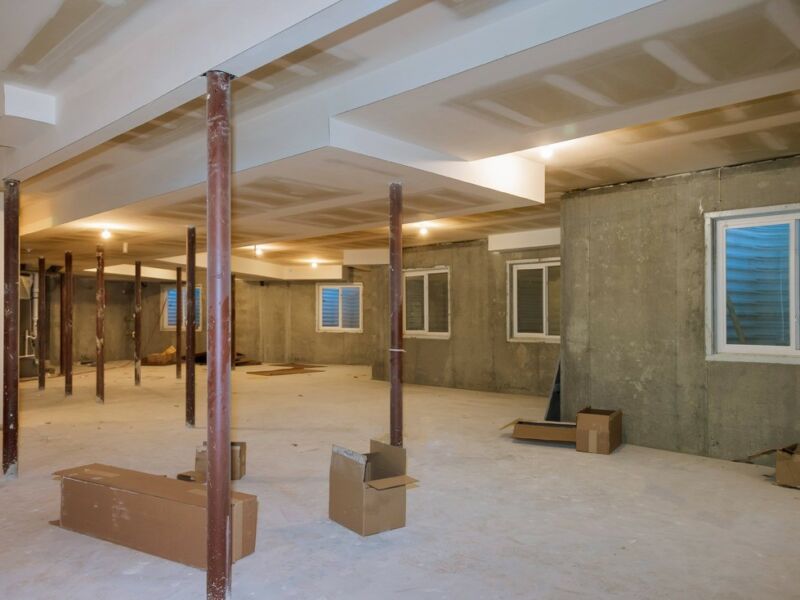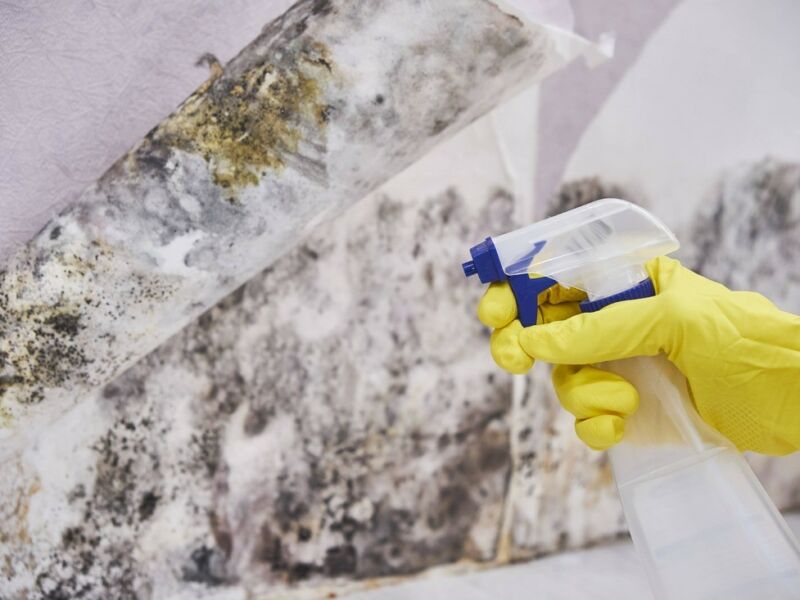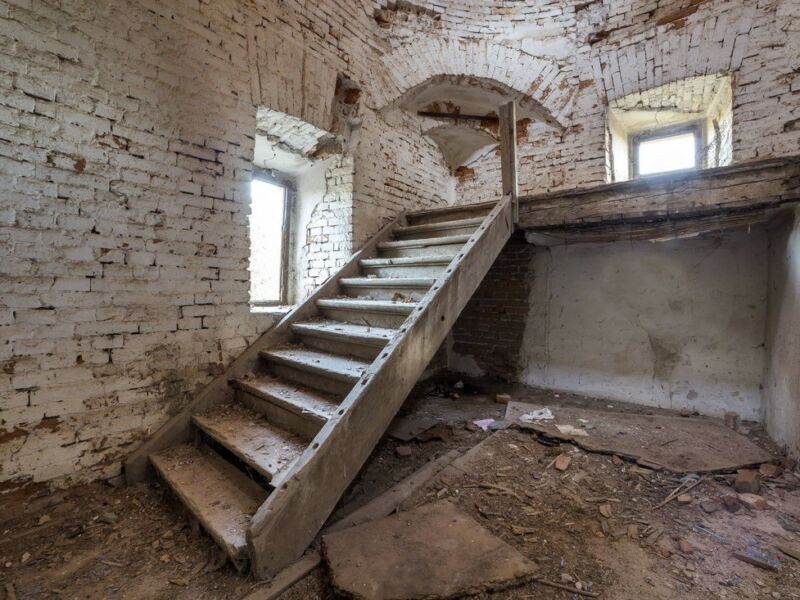
Introduction
Restoring basement ceilings after water damage is a crucial step in the water damage repair process. Basements are particularly susceptible to water damage due to their location below ground level. Water damage can occur as a result of flooding, leaks, or burst pipes, and it can cause significant structural and aesthetic issues. In this comprehensive guide, we will explore the various aspects of restoring basement ceilings after water damage, including identifying the cause of the damage, assessing the extent of the damage, and executing the repair process.
Identifying the Cause of Water Damage

The first step in restoring basement ceilings after water damage is to identify the cause of the damage. This is essential because the cause will determine the appropriate repair method and help prevent future occurrences. Common causes of water damage in basements include:
- Heavy rainfall and flooding
- Burst or leaking pipes
- Foundation cracks or leaks
- Poorly sealed windows or doors
- Inadequate drainage or sump pump failure
It is important to address the underlying cause of the water damage to prevent further issues and ensure effective restoration.
Assessing the Extent of the Damage
Once the cause of the water damage has been identified, the next step is to assess the extent of the damage. This involves thoroughly inspecting the affected area, including the basement ceiling, walls, and flooring. Look for signs of water stains, mold growth, warping, or sagging. It is essential to determine the severity of the damage to develop an appropriate restoration plan.

If the water damage is extensive and has affected the structural integrity of the basement ceiling, it is recommended to consult a professional water damage restoration company. They have the expertise and equipment to handle severe cases and ensure a thorough restoration process.
Executing the Repair Process
The repair process for restoring basement ceilings after water damage varies depending on the extent of the damage. Here are the general steps involved:
1. Safely Removing Water and Moisture
The first step is to remove any standing water or moisture from the affected area. This may involve using pumps, wet/dry vacuums, or dehumidifiers to extract water and accelerate the drying process. It is crucial to address moisture issues promptly to prevent mold growth and further damage.
2. Cleaning and Disinfecting
After removing excess water, thoroughly clean and disinfect the basement ceiling and surrounding areas. Use a mild detergent or cleaning solution to remove dirt, debris, and any potential contaminants. Disinfecting the area will help eliminate bacteria and prevent mold growth.
3. Structural Repairs
If the water damage has compromised the structural integrity of the basement ceiling, it may be necessary to perform repairs. This could involve replacing damaged drywall, reinforcing support beams, or addressing any other structural issues. It is recommended to consult a professional contractor or restoration company for complex structural repairs.
4. Addressing Mold Growth
If mold growth is present, it is essential to address it promptly. Mold can spread quickly and pose health risks. Consult a professional mold remediation company to assess and treat the mold issue effectively.
5. Restoring Aesthetic Appeal
Once the structural and functional repairs are complete, it is time to restore the aesthetic appeal of the basement ceiling. This may involve repainting, applying a new ceiling finish, or replacing damaged fixtures or accessories. Choose materials and finishes that are resistant to moisture and mold to prevent future damage.
Preventing Future Water Damage
To prevent future water damage to basement ceilings, it is essential to take the necessary preventive measures. Here are some valuable tips:
- Ensure proper drainage around the foundation of the house
- Regularly inspect and maintain the sump pump
- Fix plumbing leaks or burst pipes promptly
- Seal cracks in the foundation and walls
- Improve ventilation and airflow in the basement
By implementing these preventive measures, you can reduce the risk of water damage and maintain the integrity of your basement ceilings.
Conclusion
Restoring basement ceilings after water damage is a complex process that requires thorough assessment, appropriate repairs, and preventive measures. By identifying the cause of the water damage, assessing the extent of the damage, and executing the repair process effectively, you can restore your basement ceilings and prevent future water damage. If you need professional assistance, contact JGW Group Water Damage Restoration Las Vegas at 725-240-0640 for reliable and comprehensive basement water damage restoration services.
How do I identify the cause of water damage in my basement?
Is it necessary to hire a professional for restoring basement ceilings after water damage?
Important Facts and Statistics
Here are some important facts and statistics about basement water damage restoration:
- Most homeowners will pay an average of around $4,300 to repair a flooded basement. (source)
- Restoration professionals use 10 steps to restore flooded basements, including identifying the source of the damage and developing a restoration plan based on the level of flooding and damage. (source)
- The Raritan Basin in New Jersey was heavily impacted by Hurricane Sandy in 2012, resulting in significant basement water damage. (source)
- JGW Group Water Damage Restoration Las Vegas accepts all major insurance companies for their basement water damage restoration services. (source)
- In cases like the remnants of Hurricane Floyd in New Jersey, more than 8 inches of rain in 12 counties caused widespread basement flooding and significant damage. (source)
These facts and statistics highlight the importance of addressing basement water damage promptly and seeking professional assistance when necessary.



